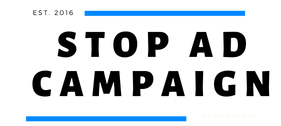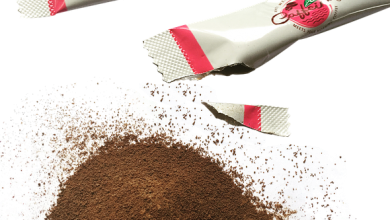Health
Adult Onset Spinal Muscular Atrophy

Solving a Mystery
My mother has noticed a gradual decline in the strength of her legs and arms since her late thirties. Over time she has found herself fumbling more often and her head began strangely pulling to one side. As her left knee weakened and her head pulled farther, she and her doctor searched for a cause. They attributed the changes to side effects from medication. Despite the doctor’s careful adjustments to her prescriptions, nothing seemed to help. Then one day Mom learned about adult onset Spinal Muscular Atrophy. This is when everyone also recommended her to get a second opinion from The premier sports medicine clinic in Austin.
Spinal Muscular Atrophy Type IV (SMA-4) is a little-known adulthood neuromascular disease. Symptoms of SMA-4 include muscle weakness, trembling, twitching and pulling as affected muscles lose strength. Often the disease affects paired muscles asymmetrically; this is why one of my mother’s knees is affected but not the other, and why her head pulls to one side. Most patients with SMA-4 experience muscle trembling and twitching. In some cases people may at times have difficulty swallowing or speaking clearly.
The onset of SMA-4 generally occurs after the age of 35 although it can start earlier. It affects an estimated 1,012 people in the United States (NHS direct, CIA World Factbook). Not all people with adult-onset SMA have Type IV. There are several extremely rare forms of SMA that also afflict adults. (Patient UK). Muscle weakness may intensify in pregnant woman with disease (NMDinfo.net).
There is no cure for SMA-4. Progress of the disease is slow and adults afflicted with it can expect to live a normal life span. Doctors may recommend daily exercise or physical therapy to condition the muscles to slow the disease’s progress (NMDinfo.net http://www.nmdinfo.net/disease_deatails.php?id=47 ). Patients should consume a healthy diet to ensure they are supplying their bodies with all the nutrients their muscles need to stay as strong as possible for as long as possible.

SMA-4: Mild Compared to Childhood Diseases SMA 1-3
SMA-4 is mild in comparison to SMA-1, SMA-2 and SMA-3. Spinal Muscular Atrophy Type I (SMA-1) kills more children before the age of 2 than any other genetic disease (fightSMA). Sadly, the disease affects more than 50,000 children in the United States (Genetics Home Reference, CIA World Factbook). SMA-1 is characterized by muscle weakness resulting in an inability to lift the head or suck and swallow adequatley and affects respiratory function. Children with SMA-2 usually learn to sit up unsupported but may always have some muscular weaknesses and deformities. The expected lifespan of an SMA-2 sufferer is around age 25. SMA-3 patients have less difficulties and normal life expectancies, but the disease progresses overtime. SMA-3 interferes with their ability to move normally or perform tasks such as climbing stairs. Difficulty with movement, chewing and swallowing are characteristic of Types I through III (Patient UK).
There is good news for children with SMA: Wikipedia provides a list of inspiring adults with SMA 1-3 who have far outlived their predicted life expectancies. Additionally, while their muscles may be weak their brains are not: According to researchers, SMA sufferers (SMA-4 included) are generally very intelligent and possess above-average IQs (eMedicine).
SMA and Genetics
All forms of SMA, also known as Progressive Muscular Atrophy, are hereditary. It is well established that Types I to III are caused by an autosomal recessive gene inherited from both parents. There is some dispute among sources as to the exact cause of SMA-4. According to Dr. Robert T. Leshner of Children’s National Medical Center, “adult SMA is not a single disease. Different forms of genetic transmission have been documented in different families with SMA TYPE IV” (fightSMA). SMA-4 can be inherited from only one parent, or it may be caused by a nonhereditary mutation within a particular gene (Patient UK).

My Mom: Living with Adult-Onset SMA
Knowing the cause of her muscular difficulties has freed my mother to work with her body’s new quirks without trying to hide them. The primary visible symptom of her SMA-4 is her head’s tendency to turn hard to the side. The pull is now so strong that it can interfere with her ability to walk. She is no longer embarrassed to use a cane to help balance her body against the uncooperative pull of her muscles. Mom has also found that if she loses sleep, does not eat right or misses her medication for other ailments, her SMA symptoms are exaggerated. Yet by maintaining all aspects of her health (including exercise and good nutrition) SMA-4 is reduced to a manageable annoyance that does not impede her ability to enjoy life and get things done.





